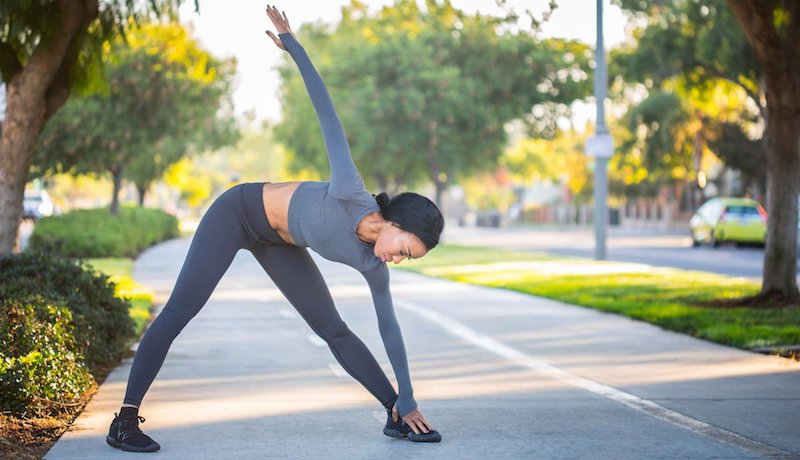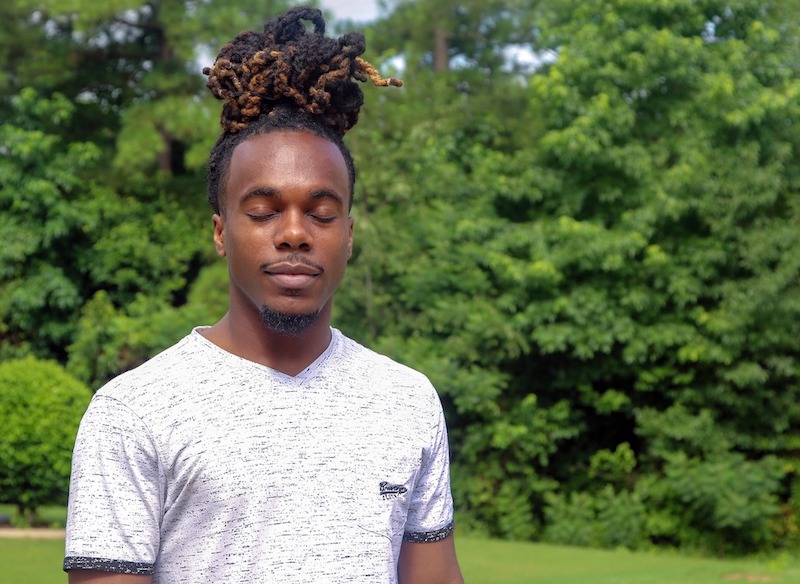Recently I wrote about common barriers to practicing mindfulness such as illness, doubt, or laziness. Many of us have experienced at least one of these when sitting down to meditate or even when deciding whether to go to a yoga class.
But there are also wider social barriers that keep certain groups of people from engaging in mindfulness practices such as meditation, yoga, tai chi, and qigong. Identifying these barriers can help teachers reach communities that are routinely excluded from these practices.
In turn, this may also lead to more people of color becoming teachers themselves, which can increase the spread of healthy mindfulness practices into underserved communities.
Disparities Seen with Mindfulness Practices
Mindfulness practices promote intentional awareness of the present moment, an awareness that is also free from judgment. They are a way to counterbalance the constant distraction of our minds or aimless wandering of our thoughts throughout the day.
Mindfulness offers a number of health benefits, both mental and physical, such as reduced stress and depression, greater immune function, and a slowing of cellular aging.
Mindfulness practices have been gaining in popularity in recent years. In 2007, 9.4 percent of American adults reported doing meditation during the previous year, with 6.1 percent doing yoga, according to the National Health Interview Survey.
Certain groups were more likely to participate in mind-body therapies such as meditation, yoga, tai chi, or qigong, including Asian Americans (23.4 percent), American Indians (23.3 percent), and non-Hispanic whites (21.4 percent).
In contrast, only 10.6 percent of Hispanics and 14.8 percent of African Americans reported using any of these mind-body therapies.
Another study published in the Journal of Alternative and Complementary Medicine found similar patterns.
In this study, researchers used data from almost 70,000 people who completed the National Health Interview Survey, an ongoing survey of the American population.
Overall, 13.1 percent of adults engaged in meditation, yoga, tai chi, or qigong. Meditation and yoga were the most popular.
However, researchers found that some groups were less likely to engage in one of these mindfulness practices, including:
- People without a high school degree
- Men (who were about half as likely as women to participate in any of these practices, and more than three times less likely to practice yoga)
- African Americans or Hispanics (compared to non-Hispanic whites; Asian Americans were more likely to participate in all of these practices, except meditation)
- Lower household income
Overlap Between Health and Mindfulness Disparities
The authors of the study wrote, “These results allowed identification of specific vulnerable population groups that are less likely to engage in mindfulness practices and thereby attain potential health benefits.”
Some groups that were less likely to engage in mindfulness practices also face significant health disparities. These disparities include:
- African Americans: They are 30 percent more likely than whites to die from heart disease; twice as likely as whites to die from stroke; and have the highest rate of homicide-related deaths in the United States.
- Hispanics: They have the highest rate of childhood obesity in the United States; there are high rates of diabetes among Mexican Americans; and Hispanic women have higher rates of stroke compared to white females.
- Income: People with lower income have higher rates of disease and dying, compared to those with higher incomes. Poor health can also make it difficult for people to work, which can reduce their income, sometimes leading to a “health-poverty trap.”
- Education: People with greater levels of education live longer and healthier compared to those with less education.
While mindfulness practices alone can’t reverse these health, income, and education disparities, these groups deserve to benefit from learning how to be mindful. Some studies also show that certain mindfulness practices may help heal race-related stress experienced by minority groups.
“Minorities and men should be considered priority populations for mindfulness-based interventions,” the authors of the study wrote. “Additional research in mindfulness-based interventions targeting medically underserved and vulnerable populations is warranted.”
Mindfulness Resources for People of Color
While there are many mindfulness resources available online and at centers throughout the United States, not all of these meet the needs of specific groups.
One study even found that introducing “mindfulness programs to American minority communities may be troublesome as white culture, experiences and social references are embedded in American mindfulness programs.”
However, there are a growing number of resources geared toward people of color, as well as minority mindfulness and meditation teachers and minority-owned organizations that focus on helping people focus.
Culturally sensitive mindfulness and meditation resources:
- Black Lives Matter meditation for healing racial trauma, a 17-minute guided meditation designed by Dr. Candice Crowell, a professor at the University of Kentucky
- Liberate meditation app for the black, indigenous, and people of color communities
- Black Women Meditation: How to Reduce Stress with Meditation, a 15-minute video
- People of Color and Mindfulness Facebook group
- Race, Racism, & the Dharma, blog post by Dr. Bonnie Duran, an associate professor in the School of Social Work at the University of Washington
People of color who teach mindfulness and meditation:
- Lauren Ash (@hellolaurenash): Yoga and meditation instructor and founder of Black Girl In Om.
- Michael Beckwith (@michaelbeckwith and @drmichaelbb): Founder and Spiritual Director of the Agape Spiritual Center, meditation teacher, speaker, and author.
- Sara Clark (@saraclarkyoga): International yoga and mindfulness instructor.
- Faith Hunter (@spirituallyfly and @faithhunteryoga): Founder and CEO of Embrace OM and yoga and meditation instructor.
- Keith Mitchell (@keithmitchell and @K_Mitchell59): Former NFL Player, mindfulness and meditation coach, and founder of the Light It Up Foundation.
- Light Watkins (@lightwatkins and @LightWatkins): Meditation teacher and speaker.
Mindfulness and meditation organizations owned by people of color:
- Black Zen (@blackzen.co): Meditation brand created to remove social and financial barriers restricting Black and Brown communities from discovering the benefits of meditation.
- Black Boys Om (@blackboysom): Network of Black, male wellness practitioners inspiring and creating lasting change in their communities through yoga, mindfulness, and other enriching practices.
- Black Girls Breathing (@blackgirlsbreathing): A safe space for black women to actively nurture their mental, emotional, and spiritual health via meditational breath work.
- HealHaus (@healhaus): Wellness center and café offering yoga, meditation, classes, and workshops.
If you know of others, feel free to leave a comment below.



